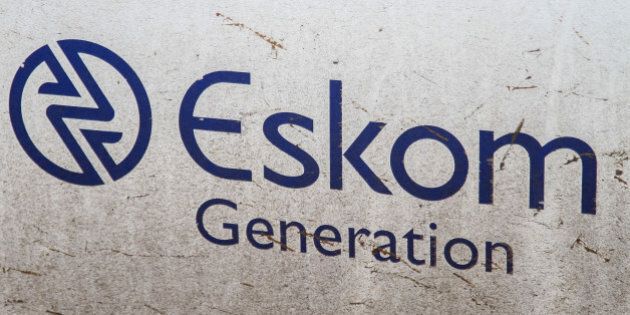
Doug Kuni, a South African electricity expert, has advised his compatriots to buy candles and those who can afford it, to aquire a generator because "you are going to need it for the next five to ten years." Kuni may be right. South Africa's power system, including the utility company that runs it, Eskom, is in a mess. Shockingly, of the country's installed 45,583 megawatts of electricity only 24,000 are available at present due to a series of old and new crises. There simply is not enough electricity to supply households and industry.
This is not the first time that South Africa has been plunged into darkness -- the 2008 power crisis was equally painful.
What is the problem here? The money stops with the country's leadership.
In the aftermath of the 2008 episode, the then president of South Africa, Thabo Mbeki, famously acknowledged his government's failure to invest in energy infrastructure: "When Eskom said to the government: 'We think we must invest more in terms of electricity generation'...We said not now, later. We were wrong. Eskom was right. We were wrong."
The extraordinary leadership lapse in judgment becomes more evident when South Africa is compared to other mid-sized economies in terms of power-generation between 1994 and 2010.
In 1994, with Thabo Mbeki in charge of day-to-day management of the state under Nelson Mandela's presidency, South Africa's total installed electricity was 35,963 megawatts. By comparison, Mexico had slightly less capacity at 35,374. South Korea's capacity had even far less with 29,222 megawatts. By 2010, the tables had turned. While South Africa had crawled to 44,289 megawatts in sixteen years, Mexico had shot up to 61,512 megawatts. Meanwhile, South Korea was at 84,874 megawatts -- nearly double of South Africa's capacity.
When the newly-appointed Eskom's CEO, Tshediso Matona, said earlier this month that the current electricity problem "is bigger than Eskom -- it's a national problem," he was absolutely right, although his predecessors cannot be deemed entirely free from incompetence.
Charged with running an old creaking power infrastructure, much of which is said to be past its "mid-life," Eskom's own leadership and mangament are not known for innovative strategic planning. The utility firm is very much in the company of failing state-owned entities that include South African Airways (SAA) and South African Broadcasting Service (SABC). For example, two multi-billion dollar plants -- Medupi and Kusile -- which were supposed to add 9,600 megawatts to the national grid in 2012 have yet to be completed due budget overruns and strikes.
So who will save Eskom and by extension, South Africa's economy?
The cost of South Africa's power failure in 2008 was enormous in human and financial terms. It forced the world's three largest gold mining companies, AngloGold Ashanti, Gold Fields and Harmony, to shut down operations. The two biggest platinum mining companies, which together account for more than half the global supply, were also forced to shut down. Manufacturing factories closed as well. This was scary stuff, not least because mining is the bread and butter of the South African economy employing one million -- half direct employment and half indirectly, and the earner of foreign exchange at more than 50 per cent. The impact of power failure this time may be even more painful in the context of a weakening currency and further downgrading of South Africa's sovereign debt rating. Following Fitch and Standard and Poor's, Moody's downgraded South Africa two levels above "junk status."
That South Africa has plunged itself into darkness six years after crawling out of the 2008 power disaster speaks volumes. Quite literally, the future is not very bright in South Africa. It is too painful to watch.
ALSO ON HUFFPOST: